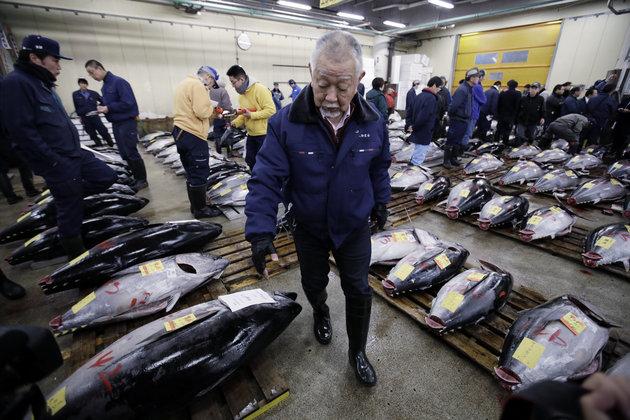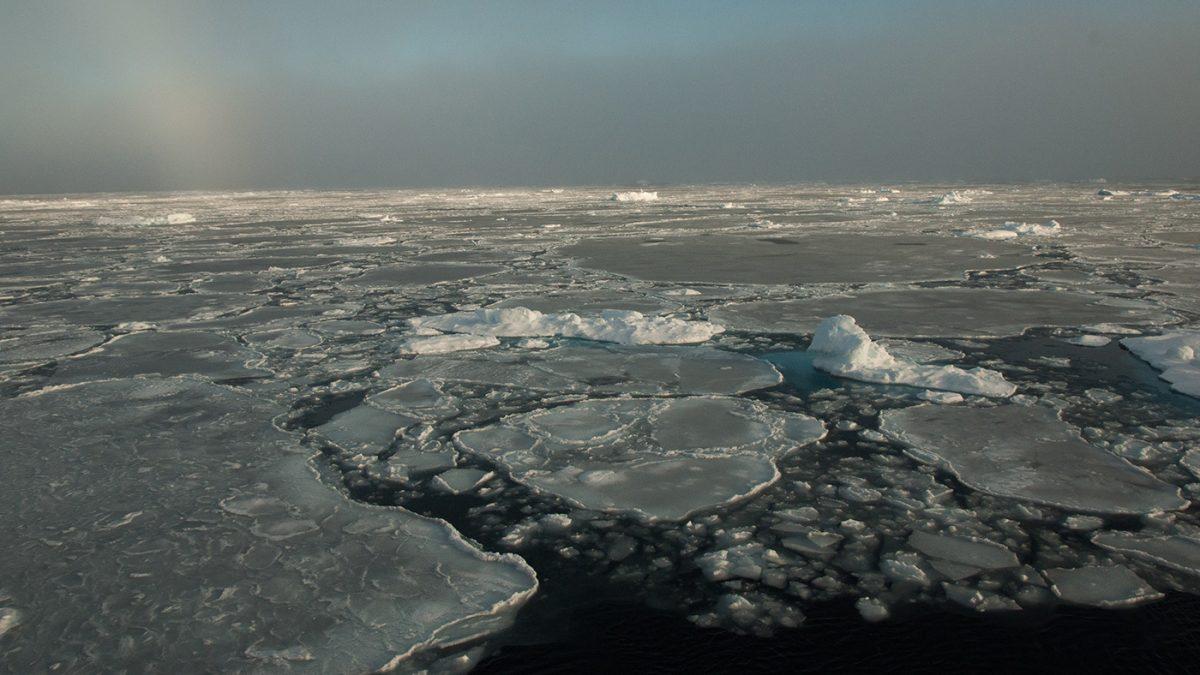Fishing is one of the world’s oldest industries, and for the most part, the technology used today is still the same as it has been for hundreds of years. Outdated technology such as pen and paper recordkeeping, which must then be manually put into a computer, has a variety of negative ecological and economic consequences. However, two new technologies are now aiming to reduce overfishing and mislabeling, which are two problems that persist in the seafood industry today.
ThisFish, a new app developed by Ecotrust Canada, allows fishers to tag fish they catch and consumers on the other end to follow its journey to their table. The technology may sound simple, but it will help to more clearly identify fish species as they reach the market.
It is not obvious that mislabeling and overcharging would be a problem within the fishing industry. However, with high market demand for a few select fish species, fishermen may be more disposed to label a similar fish as one of the more coveted species in order to charge a higher rate for their wares.
Although this app may pose a problem to those who are trying to pull off some fishy business with their wares, there are also benefits for ordinary fisherman as well. Since the app works by mobile phone and can be used while onboard fishing vessels, it saves fishermen the trouble of documenting their catch in paper and pencil and then digitizing their data later. Eliminating this intermediate step helps to save time and may also resolve organizational issues.
There is also the hope that international governing bodies like the European Union, which currently documents fishing yields primarily through hand-kept records, could begin to require boats in the industry to use this technology as an anti-fraud measure.
Because the technology of the app is so new, there are still glitches to resolve. Although cell phone documentation of data is convenient in areas where cell phones are easily usable, it may still prove impossible in areas of the ocean where cell phone or internet service is non-existent.
Another piece of technology addresses the more ecological issue of overfishing, or catching too many of a certain type of fish within a certain area, before the fish can reproduce enough to keep their population at sustainable levels.
Developed the ecological group Oceana and Sky Truth, a non-profit endeavor under Google, a program called Global Fishing Watch does exactly what its name implies: keeping an eye on the earth’s oceans via satellite to see if trawlers are really getting their wares from where they say they are.
The program boasts near-real-time performance rates and is available for free to anyone with internet connection. Since the program is run through the satellite network, it is unlikely to have the same connectivity issues as the ThisFish app. The program was just launched last week, but scientists already theorize that it may help with pirate fishing, or illegal fishing, that disregards the environmental quotas set to maintain sustainable population levels.
Although both technologies tackle the problems faced by the fishing industry in dramatically different ways, in both cases innovation is the common factor that may help to make the industry more accountable and sustainable.







